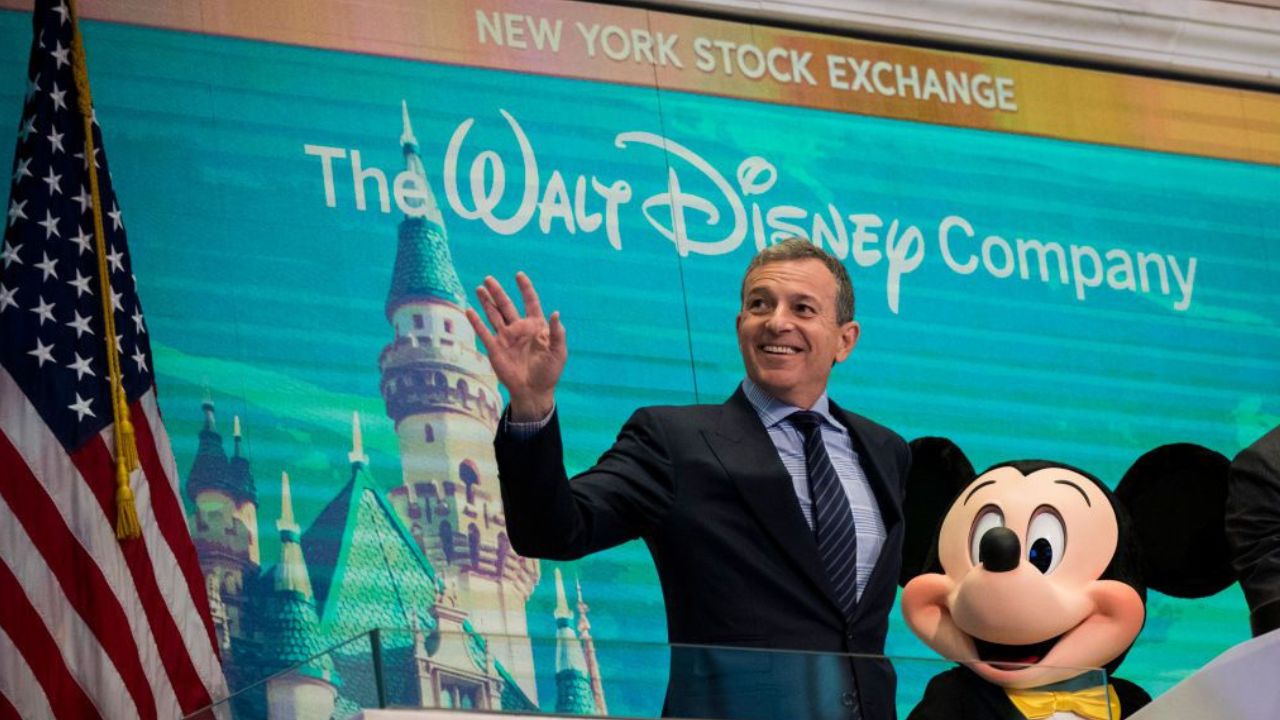In a significant development for the media giant, Trian, led by Nelson Peltz, has launched an aggressive proxy fight against Disney, urging investors to nominate Peltz and former Disney CFO Jay Rasulo to the board at the upcoming annual general meeting on April 3.
Peltz, in a comprehensive 133-page white paper released earlier this month, outlined demands for a leadership restructuring and a revamp of Disney’s traditional TV channels, citing their perceived decline.
The activist investor is pushing for Disney to target and achieve “Netflix-like margins” of 15% to 20% by 2027, asserting that Netflix poses the biggest competition to Disney in the current landscape.
Competitive Landscape and Rivalry with Netflix:
Peltz’s belief that Disney needs to emulate Netflix’s success underscores the intensifying competition in the streaming industry.

He views achieving Netflix-like margins as a pivotal goal for Disney’s sustained growth and relevance. This perspective positions Disney’s CEO, Bob Chapek, in a challenging spot as he navigates the company through this proxy battle.
While Peltz advocates for a substantial overhaul, Disney’s current leadership, led by Bob Chapek and former CEO Bob Iger, has been focusing on streamlining the company to ensure profitability for its Disney+ streaming platform.
Iger, who continues to play a role in Disney’s strategic direction, has initiated widespread restructuring, including significant layoffs, in an effort to control spending and drive profitability for Disney+.
Financial Performance and Investor Sentiment:
In February, Disney reported a robust quarter, exceeding earnings expectations and narrowing streaming losses.

However, the positive financial report did not appease Peltz, who remains steadfast in his calls for a more drastic reconfiguration of Disney’s leadership and business model.
As the proxy battle between Trian and Disney intensifies, the outcome of the upcoming annual general meeting on April 3 will undoubtedly shape the future trajectory of Disney’s leadership and strategic direction.
The clash between traditional media channels and the evolving streaming landscape is at the forefront, emphasizing the critical decisions that lie ahead for one of the entertainment industry’s behemoths.
